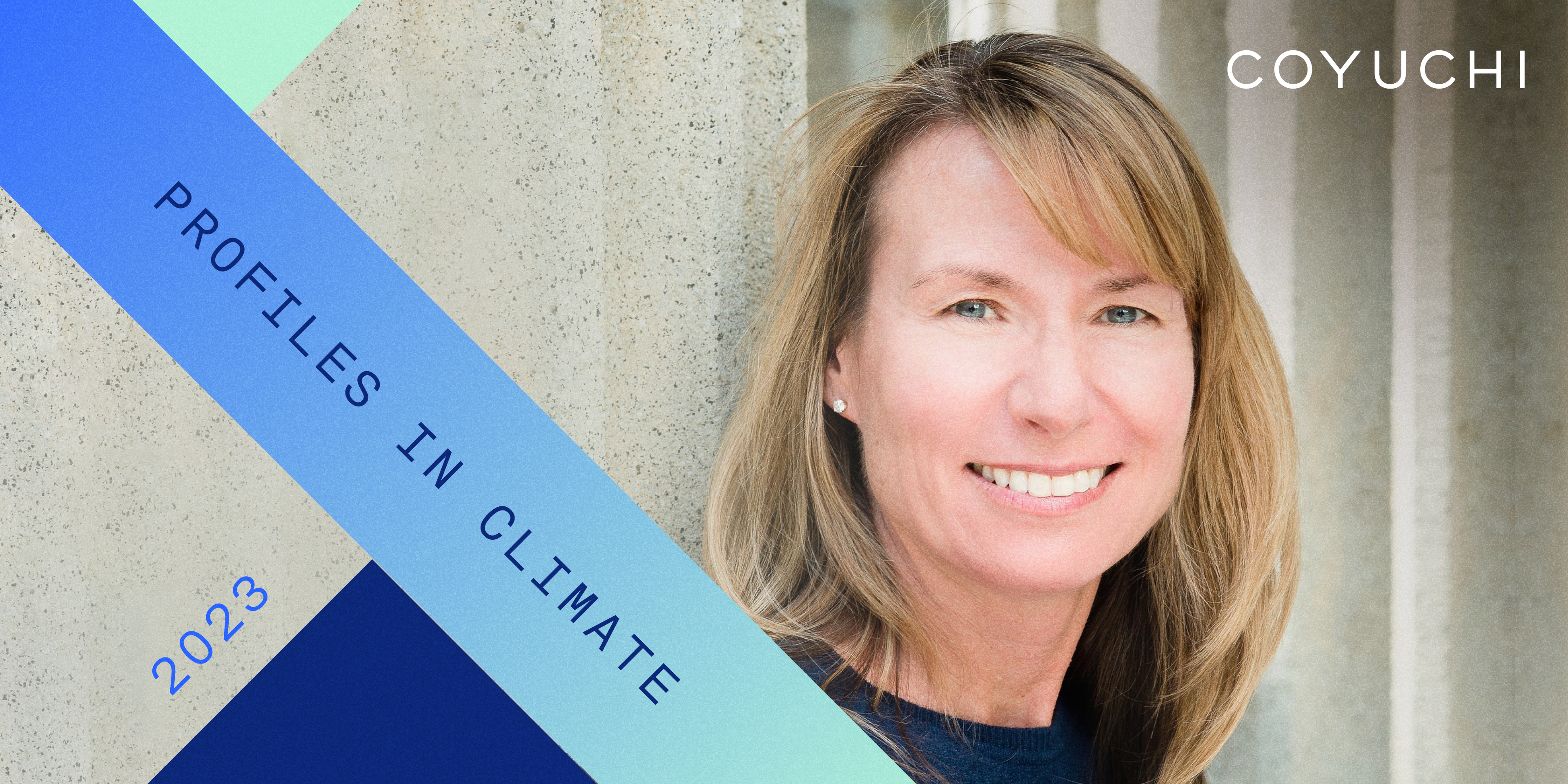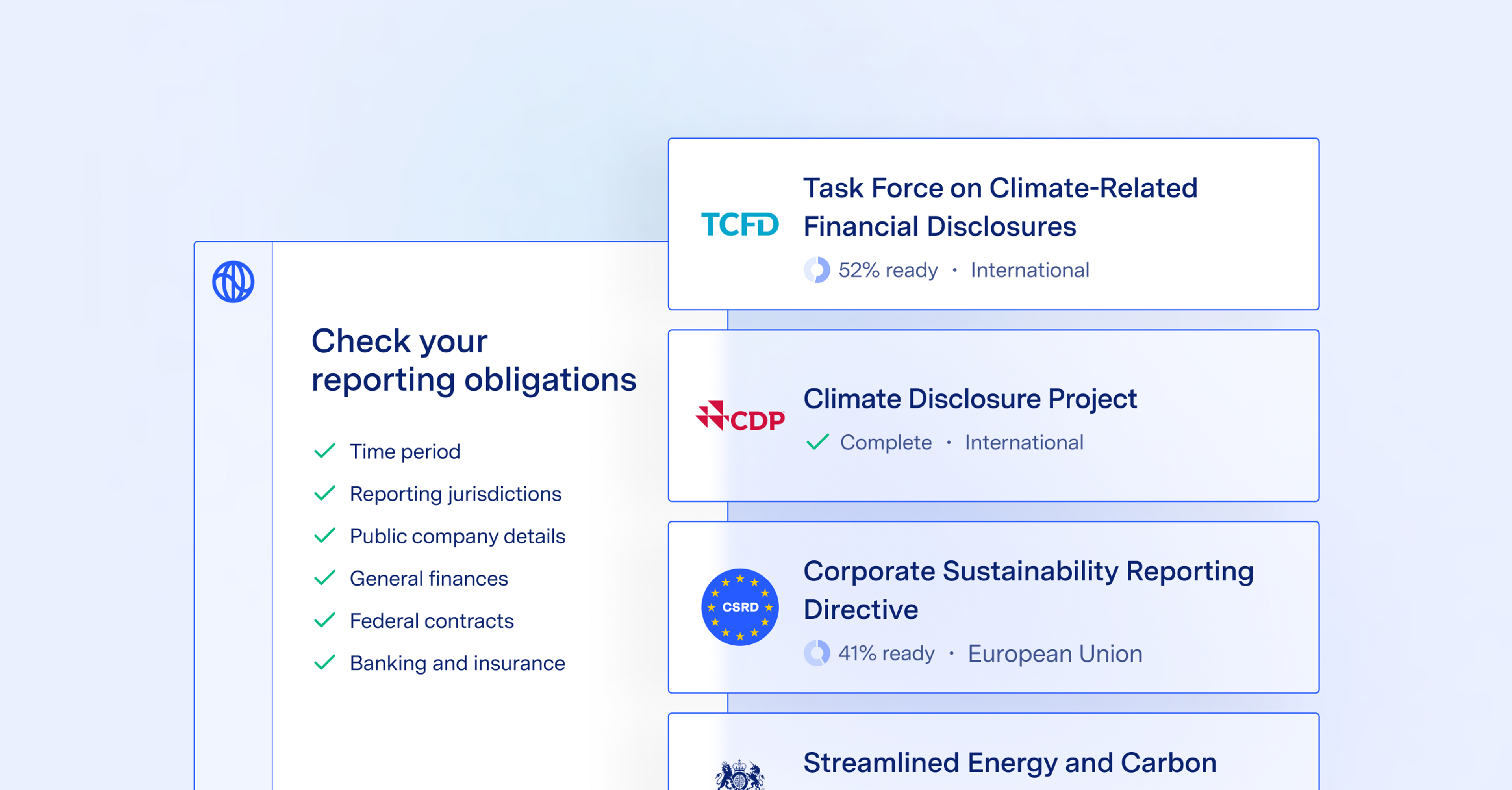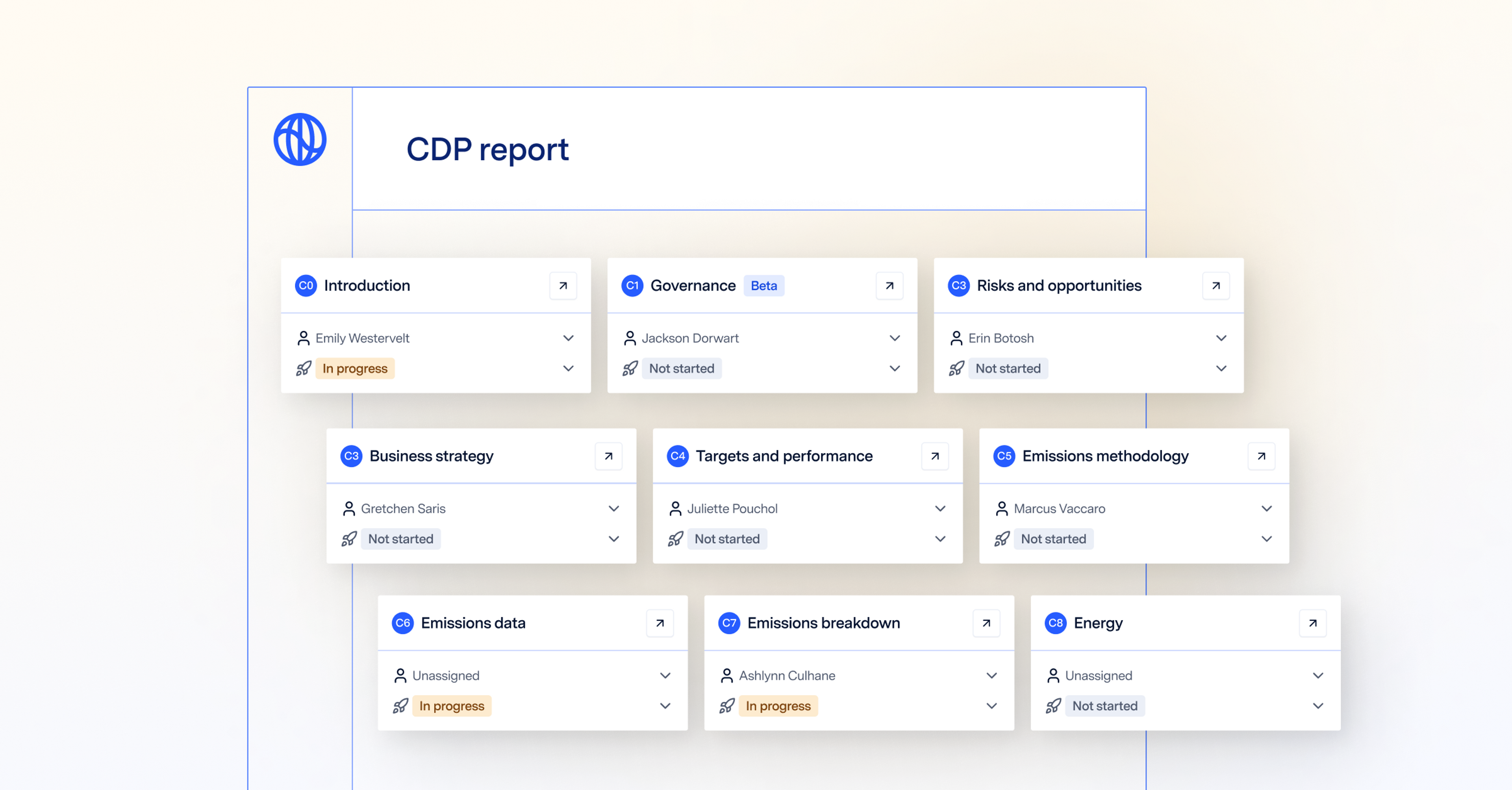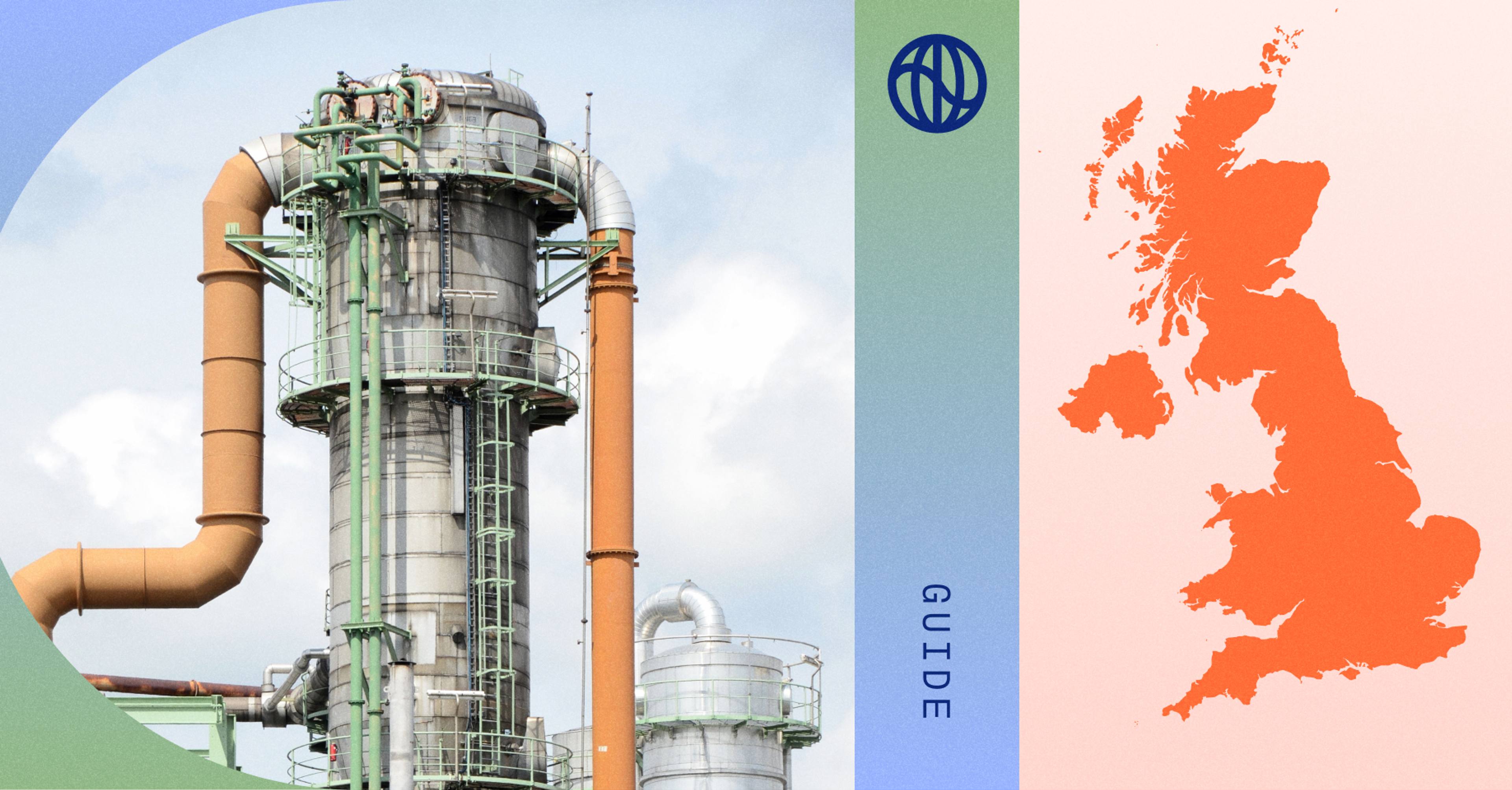RFP Guide
Best practices for sustainability RFPs
With a range of sustainability tools, platforms, and consulting services to choose from, a strong request for information (RFI) or request for proposal (RFP) can help narrow the field. Learn whether an RFI or RFP is right for you, what questions to include, and how to evaluate vendors.

What is an RFP, and why do companies use it?
RFP stands for “request for proposal.” RFPs give companies a structured process—with clearly defined outcomes and parameters—for evaluating a vendor to provide a specific service or set of services. By issuing an RFP, your company can proactively identify the outcomes and requirements you expect from a vendor, which ensures you only spend time vetting vendors that can meet your requirements.
What is an RFI, and how is it different?
RFI stands for “request for information.” Generally, an RFI is broader, less detailed, and intended as a precursor to an RFP. If your company is in the early stages of evaluating vendors and you haven’t nailed down specific requirements yet, an RFI can be a helpful first step in narrowing down the list of vendors that may be able to meet your requirements once you define them.
Should I use an RFP and/or RFI to choose a sustainability solution?
Whether to use an RFP and/or RFI is up to you, and whether to use one specifically for sustainability depends on the scope of your business needs. If your company is large, complex (multinational, with multiple business units), or has very specific requirements for sustainability, you may want to consider an RFI or RFP, since not every vendor will be able to meet your needs. However, issuing an RFI or RFP requires a level of up-front investment—such as understanding your goals, aligning with stakeholders, and defining your requirements—before you start the vendor evaluation process. Not sure which path is right for you? Use the checklist below.
What to include in your sustainability RFP
Every RFP is different, since each one reflects the business needs and priorities of the company issuing the RFP. But when it comes to sustainability, a few common questions will go a long way toward identifying the best vendor options.
Below, you’ll find examples of questions that may be used in sustainability RFPs, along with our guidance on what to look for in a response.

Should you use an RFP or RFI for your sustainability RFP?
If you answer yes to one or more of the following questions, an RFI or RFP may be right for you. The more complex your business—and the more you’re accountable for disclosing—may create a higher bar for your sustainability vendor
QUALIFYING QUESTIONS | |
|---|---|
1 | Is your company publicly traded? |
2 | Are you subject to more than one sustainability disclosure requirement? |
3 | Are you looking for a detailed assessment of your company’s environmental impact, such as at the level of individual business units, suppliers, or product lines (as compared to a high-level estimate for your entire business)? |
4 | Do you have any previous environmental assessments (carbon footprints, LCAs, custom emissions factors) that you will need to incorporate into your current footprint? |
5 | Do you have a defined budget for your sustainability program? |
6 | Do you have any other specific needs or preferences when it comes to a sustainability platform? |
Which sustainability disclosures apply to you?
Take our 8-question assessment to stay ahead of reporting requirements.





